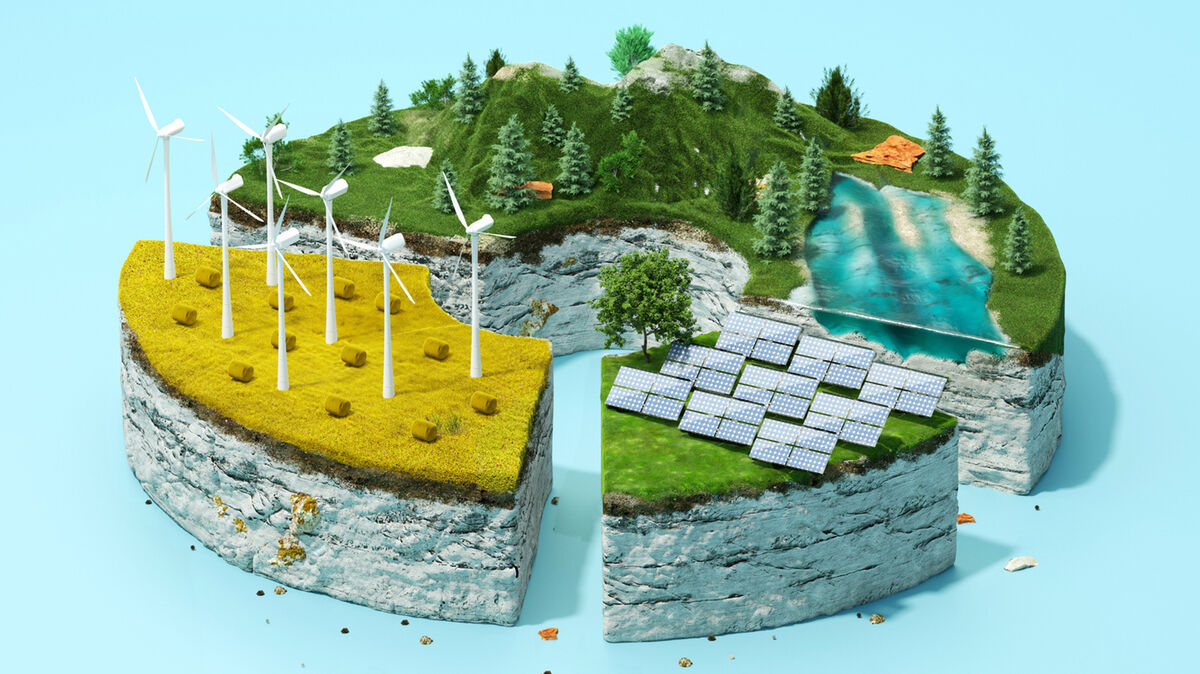
Natural resources are substances that occur naturally. They can be sorted into two categories: biotic and abiotic. Biotic resources are gathered from the biosphere or may be grown. Abiotic resources are non-living, like minerals and metals. Keep reading for natural resources examples from around the world.
Natural Resources in Africa
Africa contains a variety of natural resources, both biotic and abiotic. Whether you're looking for oil, diamonds or peanuts, you'll find it in an African country. Take a look at these examples of biotic and abiotic resources found in various parts of Africa.
Examples of Biotic Resources in Africa
There is an abundance of wildlife in African rainforests, savannas and oceans. Many of these resources are found in the southern part of Africa, which is more temperate and cool compared to the desert areas in the north. Other examples of biotic resources in Africa are:
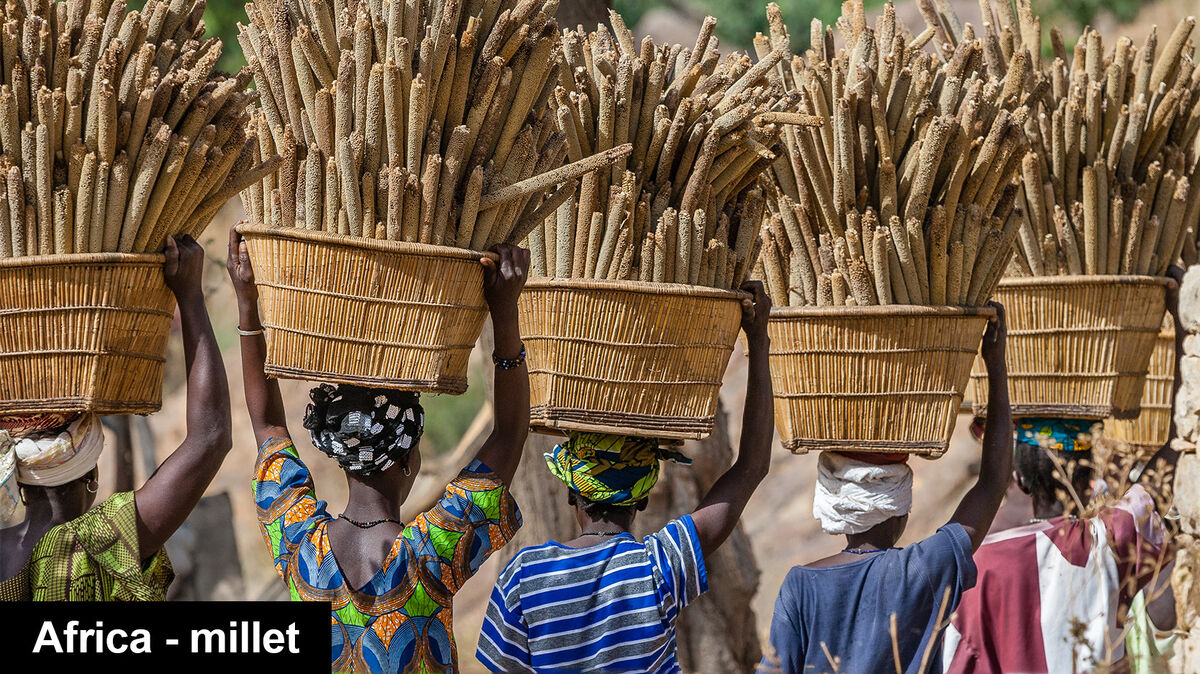
Examples of Abiotic Resources in Africa
Africa has the richest store of minerals, precious stones and other abiotic resources in the world. South Africa in particular produces more gold than any other country in Africa, and far more platinum than any other country in the world. Other abiotic resources found in the continent of Africa include:
Natural Resources in Asia
Asia has a wide variety of natural resources in its many countries. The Middle East is known for its oil deposits and gas fields, and China produces a large amount of rice every year. Keep reading for more examples of Asian natural resources.
Examples of Biotic Resources in Asia
There are many natural resources that you can only — or primarily — find in Asia. China is the largest producer of pork in the world, and many Asian countries are plentiful sources of fish. Additional examples of biotic resources in Asia include:
- apples
- aspen trees
- bamboo
- bananas
- cattle
- cereals
- citrus fruit
- coconuts
- durian
- goats
- larch trees
- legumes
- litchi
- mangosteen
- octopus
- papayas
- petroleum
- pine trees
- pork
- poultry
- rice
- silk
- sheep
- shrimp
- soybeans
- spices
- straw
- sugarcane
- teak trees
- tuna
- wheat
Examples of Abiotic Resources in Asia
The enormous continent of Asia has a large sampling of abiotic resources, cinluding lead, tin and antimony. In fact, more than half of the graphite in the world comes from China and South Korea. Check out more examples of abiotic resources in Asia.
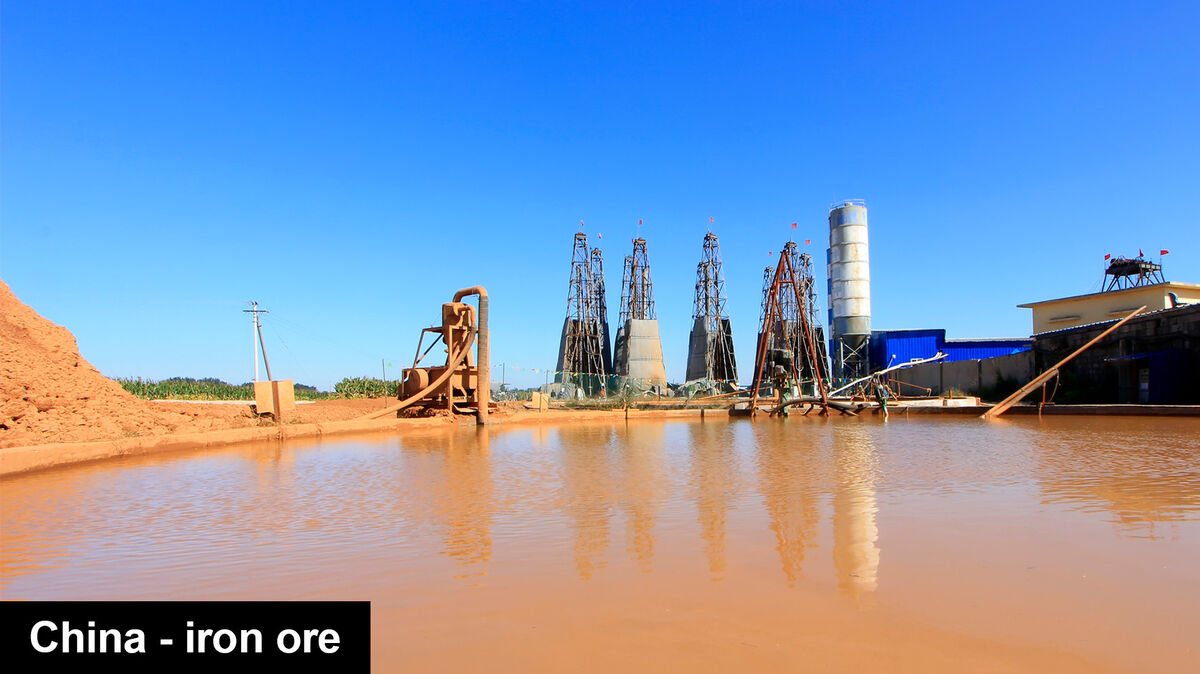
Natural Resources in Australia and Oceania
Even though the majority of Australian landscape is desert, it's home to a multitude of natural resources. You'll find all kinds of biotic and abiotic resources all over Oceania as well.
Examples of Biotic Resources in Australia and Oceania
What types of plants and animals are available in Australia? Check out these biotic resources that you can find in Australia, New Zealand and other Oceanic countries.
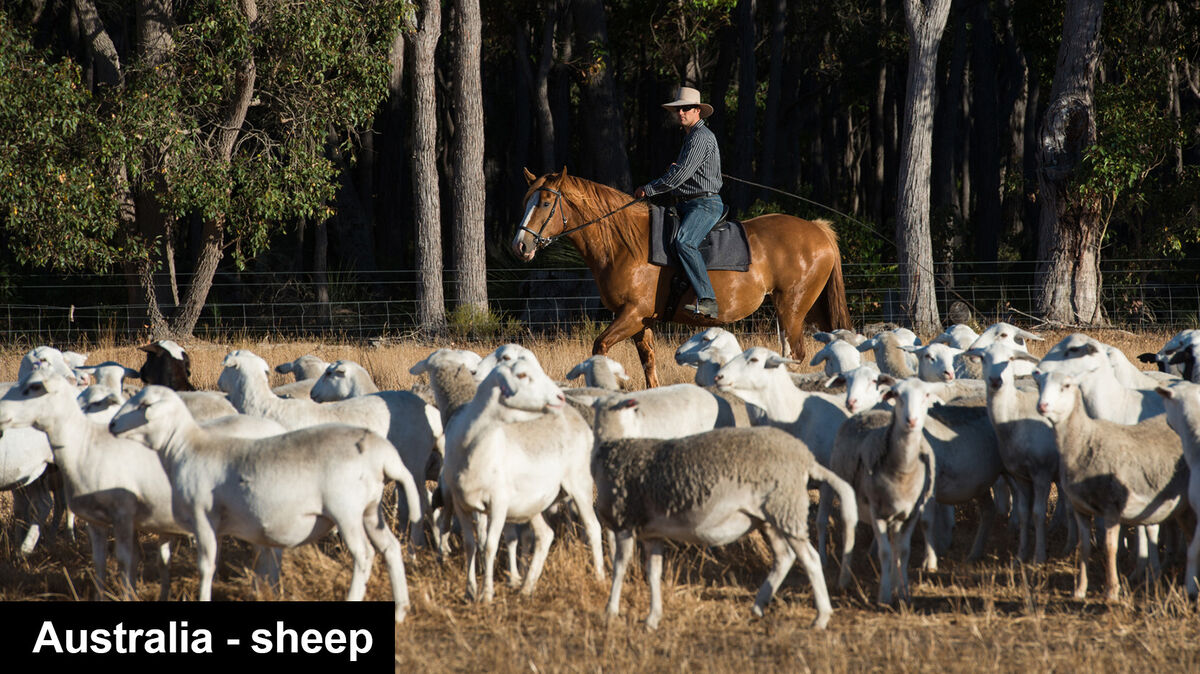
- acacia trees
- barley
- canola
- cattle
- chickpeas
- corn
- eucalyptus trees
- oats
- oilseeds
- olives
- pine trees
- seaweed
- sheep
- sugarcane
- wheat
Examples of Abiotic Resources in Australia and Oceania
Australia is one of the leading mineral producers in the world, and produces more bauxite, rutile and zircon than any other country. Australia in particular has the largest deposits of zinc and lead in the world. Other examples include:
- aluminum
- bauxite
- coal
- cobalt
- copper
- gems
- gold
- ilmenite
- Iron ore
- lead
- lignite
- lithium
- limestone
- manganese ore
- monazite
- natural gas
- nickel
- nionium
- opal (black and white)
- rutile
- silver
- tantalum
- thorium
- tungsten
- uranium
- vanadium
- zinc
- zircon
Natural Resources in Europe
One of the reasons European countries began expanding their empires was to find more natural resources around the world. However, Europe does have its share of biotic and abiotic features as well.
Examples of Biotic Resources in Europe
Between the variety of fish, grapes grown for wine and lumber for contruction and hardwood, Europe has many biotic natural resources. They include:
- berries
- birch trees
- blue whiting
- cattle
- cinnamon
- copra
- grapes
- herring
- mackerel
- mushrooms
- mussels
- olives
- potatoes
- rainbow trout
- rapeseed
- salmon
- sea bass
- sheep
- sprat
- walnut trees
- wheat
Examples of Abiotic Resources in Europe
There are also lots of minerals and other abiotic resources to be found in Europe. For example, Russia has an abundance ferroalloy deposits that are important for technological production. Other examples are:
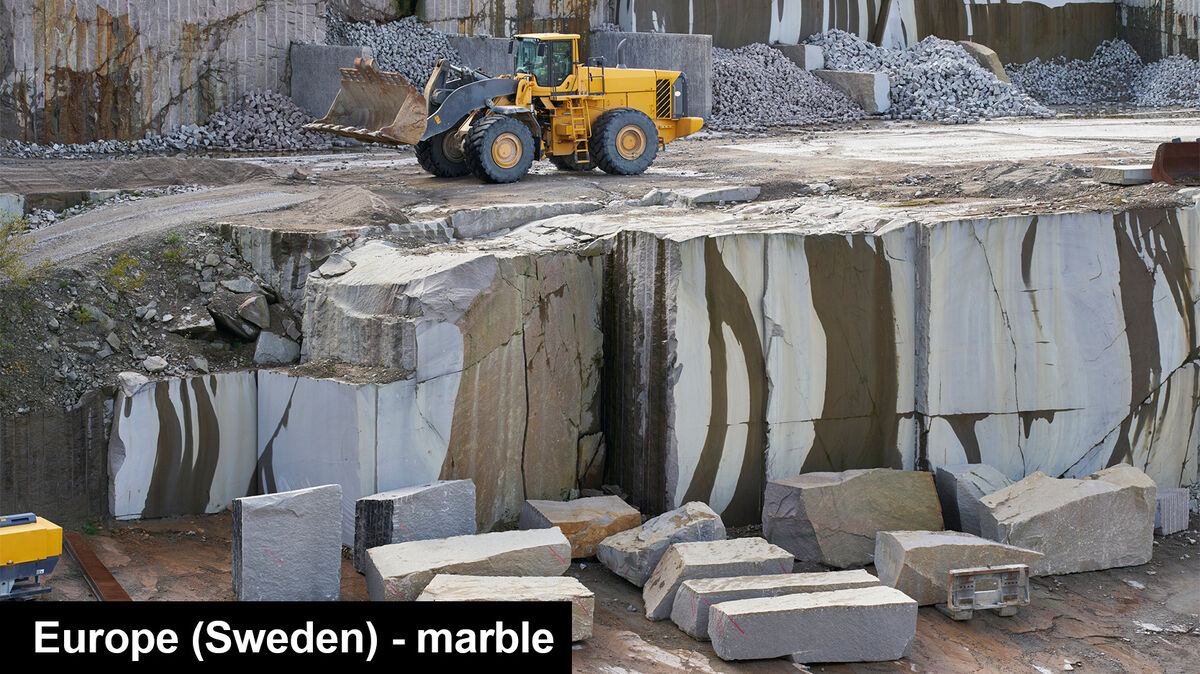
- antimony
- asbestos
- clay
- chromium
- coal
- cobalt
- ferroalloys
- fresh water
- granite
- halite
- iron ore
- manganese
- marble
- natural gas
- sulfur
- titanium
- uranium
- vanadium
- wolframite
Natural Resources in North America
North America's wealth of natural resources attracted native peoples, explorers and immigrants from around the world. Its wide variety in climate and topography make it possible for North America's resources to flourish.
Examples of Biotic Resources in North America
Many crops and agriculture grow plentifully in North America, whether they are originally from the continent or were brought by settlers from other lands. Some examples of natural resources from Canada, the United States and Mexico include:
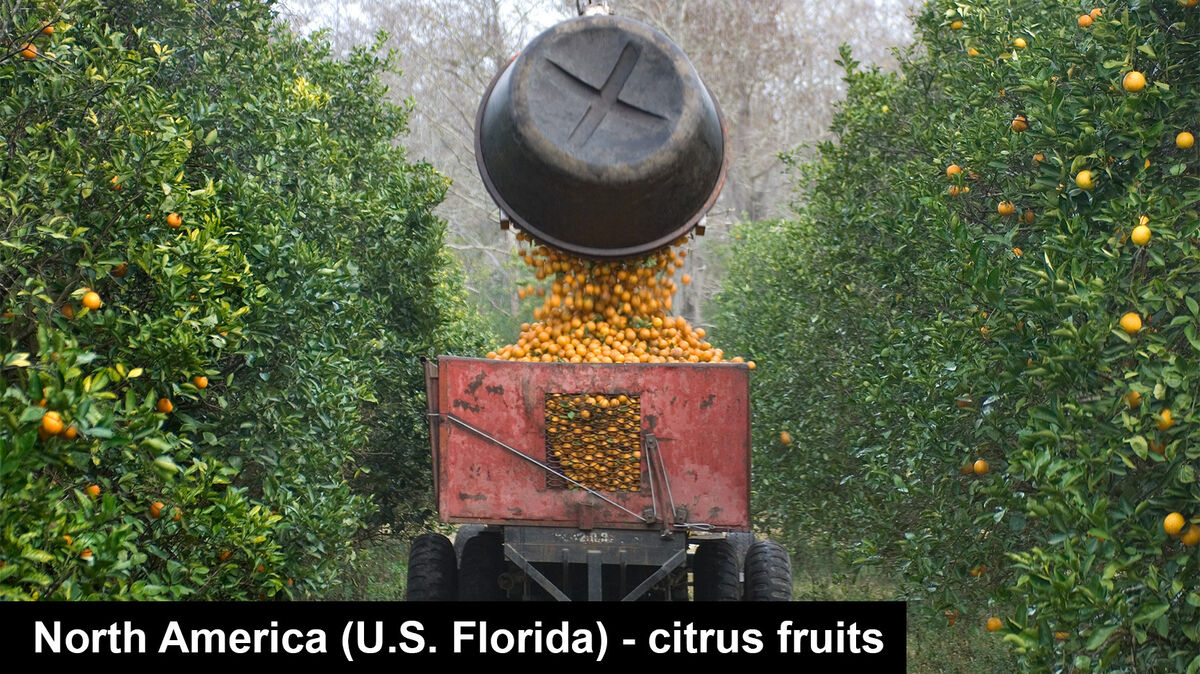
- apples
- cattle
- cedar trees
- citrus fruits
- corn
- cotton
- crab
- fir trees
- goats
- lobster
- peaches
- petroleum
- sheep
- soybeans
- spruce trees
- tobacco
- wheat
Examples of Abiotic Resources in North America
When you think of North America's mining industry, you probably think of its natural gas or petroleum stores, or maybe even the famous Gold Rush of 1849. But there are many more minerals found in North America, including:
- asbestos
- bauxite
- borax
- coal
- copper
- diamonds
- fresh water
- gold
- iron ore
- lead
- limestone
- mercury
- mica
- molybdenum
- natural gas
- nickel
- phosphate
- potash
- salt
- silver
- zinc
Natural Resources in South America
South America has some of the most varied biodiversity on Earth. Its temperate climate and access to mountain mining make the continent an important resource of both biotic and abiotic resources.
Examples of Biotic Resources in South America
From alpacas in the mountains to trout in the rivers, South America is home to many biotic natural resources. They include:
- alpacas
- anchovies
- avocado
- beans
- Brazil nuts
- cacao
- cashews
- cassava
- cattle
- coffee
- corn
- guava
- llamas
- mahogany
- mangos
- papaya
- petroleum
- pineapples
- potatoes
- pumpkins
- quinoa
- rosewood
- rubber
- salmon
- shrimp
- sweet potatoes
- tomatoes
- trout
Examples of Abiotic Resources in South America
What will you find in the mines of South America? Several hundred years ago, you'd find lots of gold and silver (and you still can, in Ecuador and Venezuela). Today, you're most likely to find copper, limestone and molybdenum. Other examples of South American natural resources are:
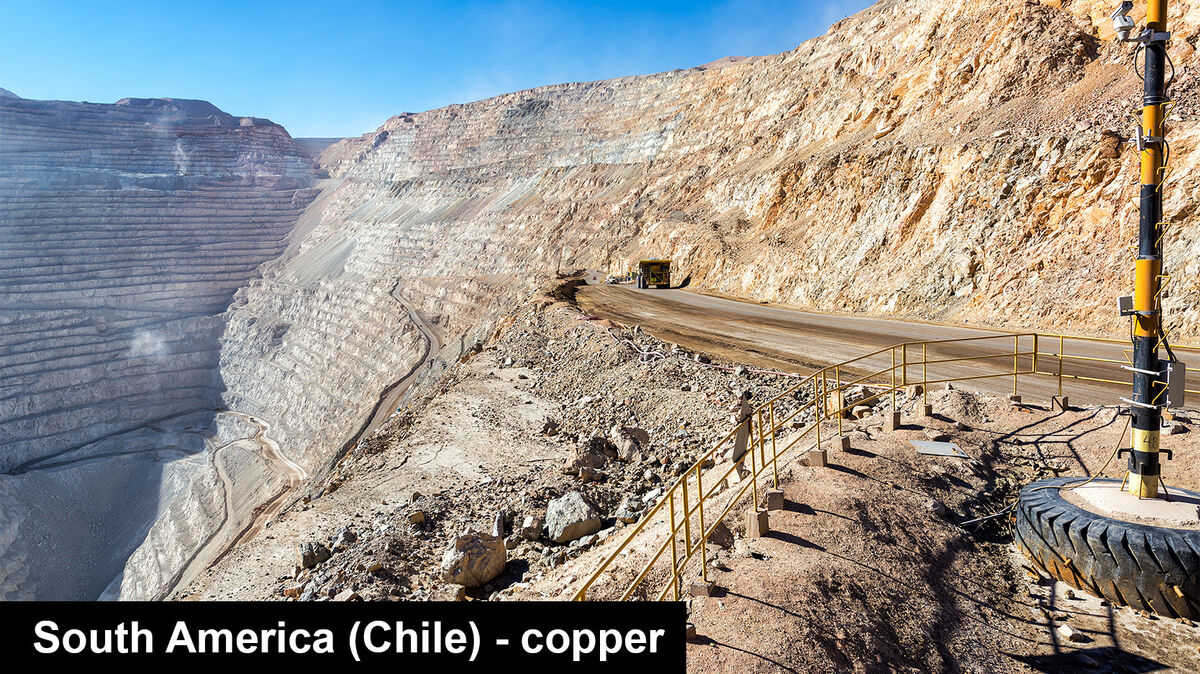
- copper
- gold
- iron ore
- lead
- limestone
- manganese
- molybdenum
- natural gas
- phosphates
- potash
- silver
- tin
- zinc
The Incredible Natural World
Human development has long been marked by the availability of natural resources. When there aren't enough resources for a population to thrive, they move to more bountiful areas of the planet. Check out more information on renewable resources that keep populations growing. You can also see what resources can't be renewed when they're depleted.